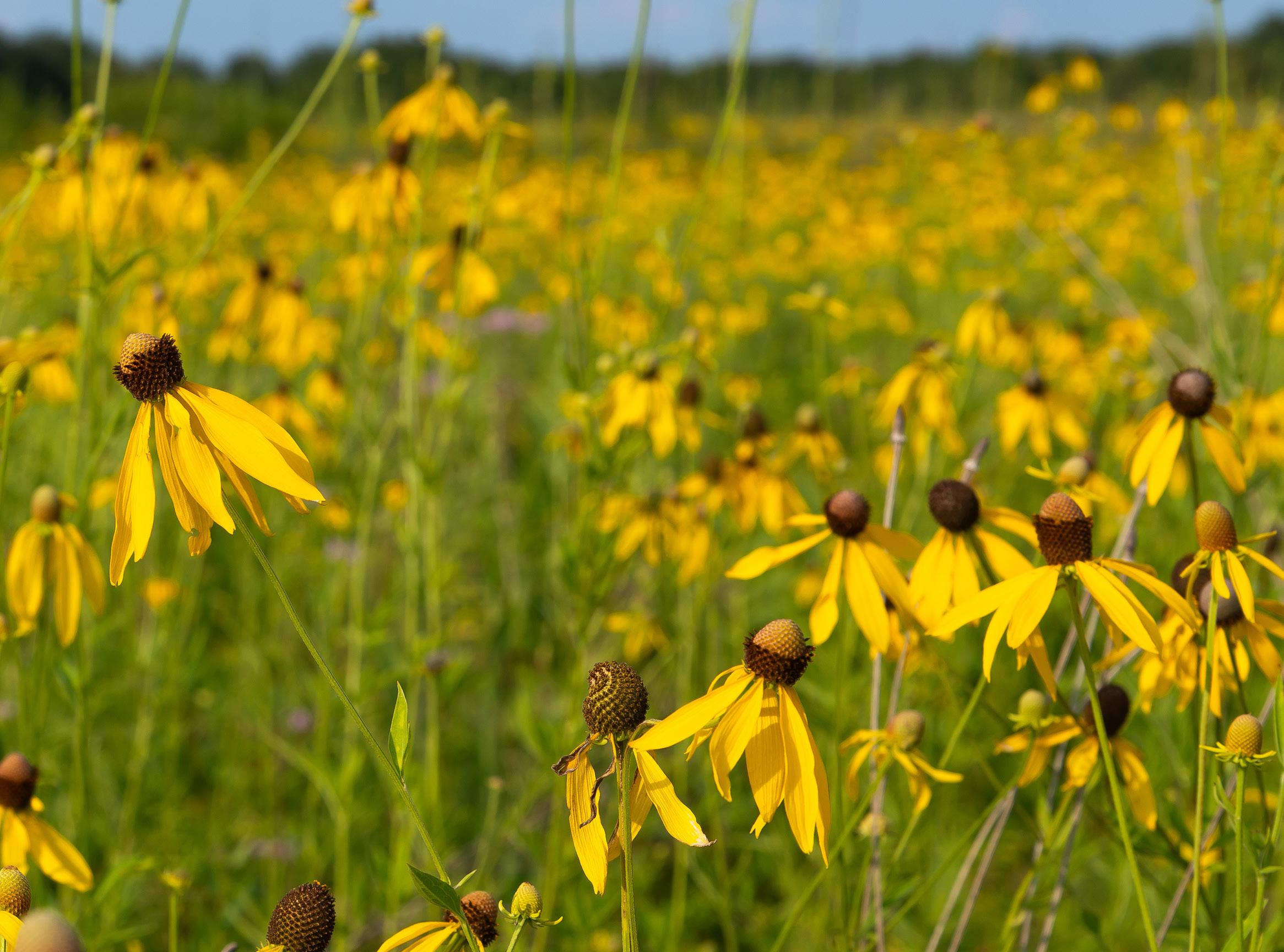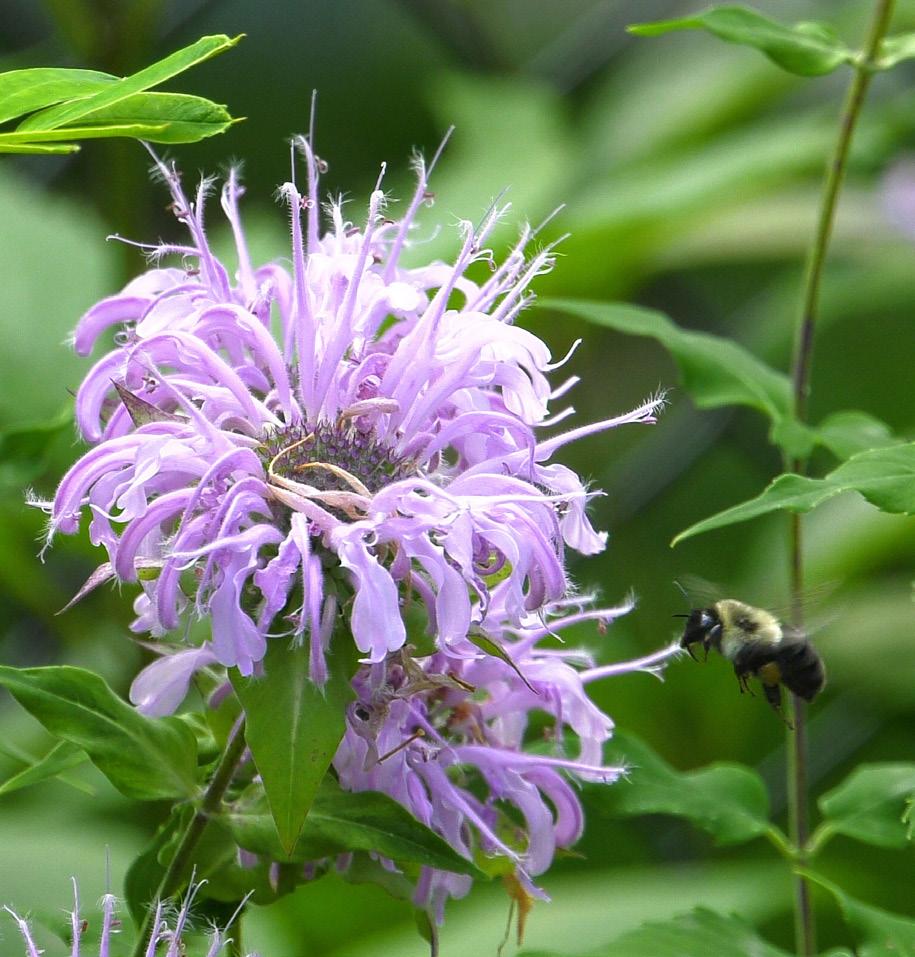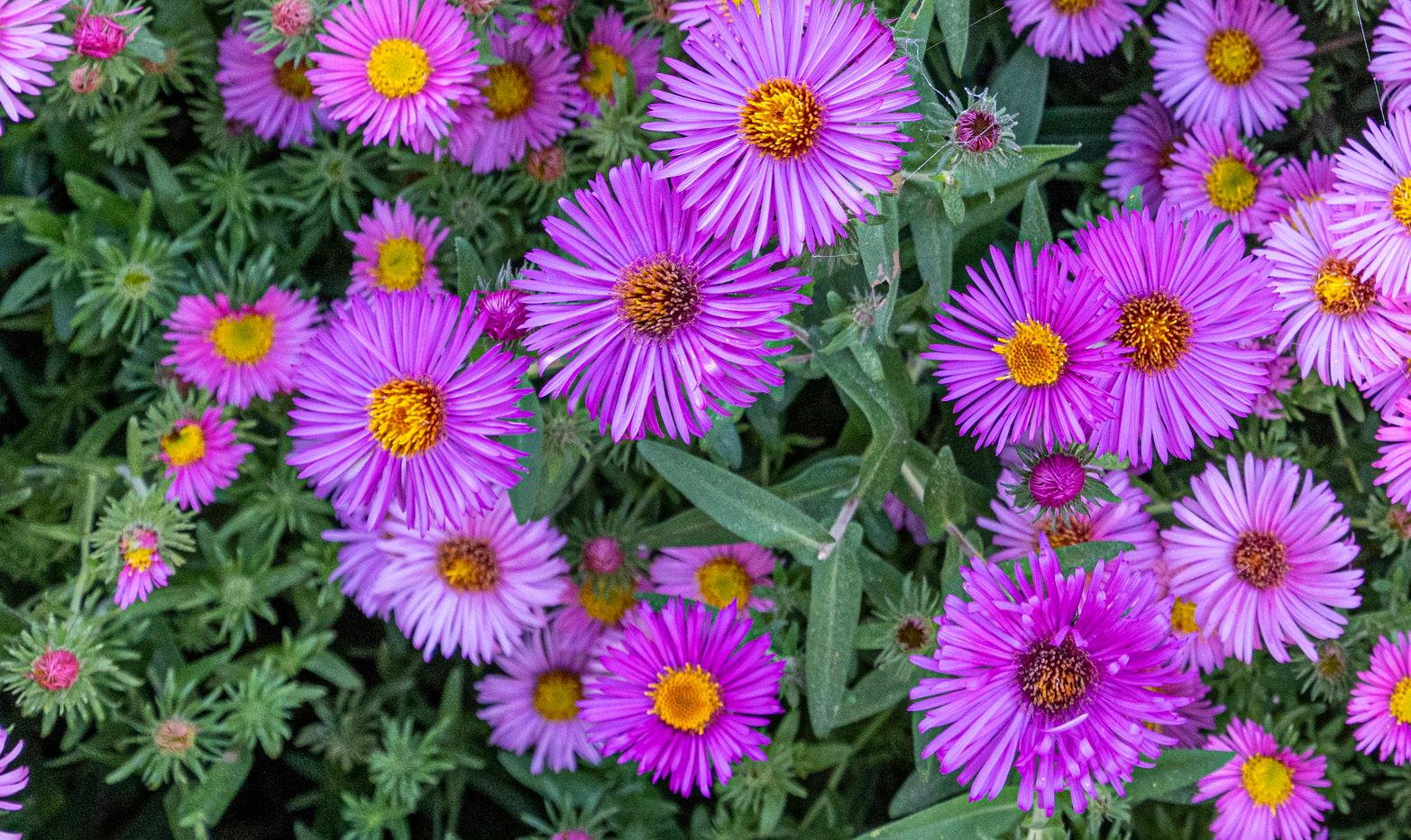
3 minute read
Watch For Wildflowers
Andi Sedlacek
Andi Sedlacek is communications director for the DNR.
Summer brings the sun, and the sun brings wildflowers. When you’re hiking around this summer, keep an eye out for these common wildflowers that color Wisconsin’s landscape.
Take A Wildflower Hike
Looking for a hike where you can look for wildflowers? Find the OutWiGo exploration map for the area where you live and pick the right hike for you.
Yellow Coneflower
What it looks like: Long, slender, vibrant yellow petals gathered around a dark brown, slightly spiky and cone-shaped center. The plant’s leaves and stem have stiff hairs.
Where to find it: Fields, prairies and open woodlands.
When you’ll see it: June through August.
Why it’s cool: In the fall when the yellow petals fall off, you can crush the dried seedhead (the brown center) for a wonderful scent!

Common Milkweed
What it looks like: A cluster of many small, droopy, pink flowers almost in the shape of a ball. The plant has a simple stem with large, oval leaves that have a smooth top and small hairs on the bottom. Bumpy, cone-shaped seed pods develop in late summer, filled with small brown seeds attached to silky white floss that helps them float in the wind!
Where to find it: Fields, meadows and along roadsides.
When you’ll see it: Late June through August.
Why it’s cool: Monarch butterflies and caterpillars love it, and it makes them poisonous! Monarchs lay their eggs only on milkweed. After the eggs hatch, the growing larvae (caterpillars) eat the leaves, which contain a toxin (poison). It doesn’t hurt the caterpillars but makes them poisonous, even after they change into butterflies, helping them avoid predators.

Wild Bergamot
What it looks like: Clusters of light purple flowers that resemble pompoms pop up from stiff stems with bright green leaves.
Where to find it: Fields, meadows, prairies and along roadsides.
When you’ll see it: Late June through August.
Why it’s cool: Wild bergamot is also commonly called bee balm and is part of the mint family. In fact, its leaves smell like mint and can be used to make tea.

New England Aster
What it looks like: This bright splash of purple sure stands out in late summer and early fall. The thin, vibrant purple petals surround an orangishyellow center, and the whole plant can grow quite bushy and tall — up to 5 feet!
Where to find it: Meadows, prairies, along streambanks and edges of woods.
When you’ll see it: August to October.
Why it’s cool: Deer don’t like to eat them! The plants have a tough texture and not many vitamins and nutrients that deer want, so they generally avoid eating them.


